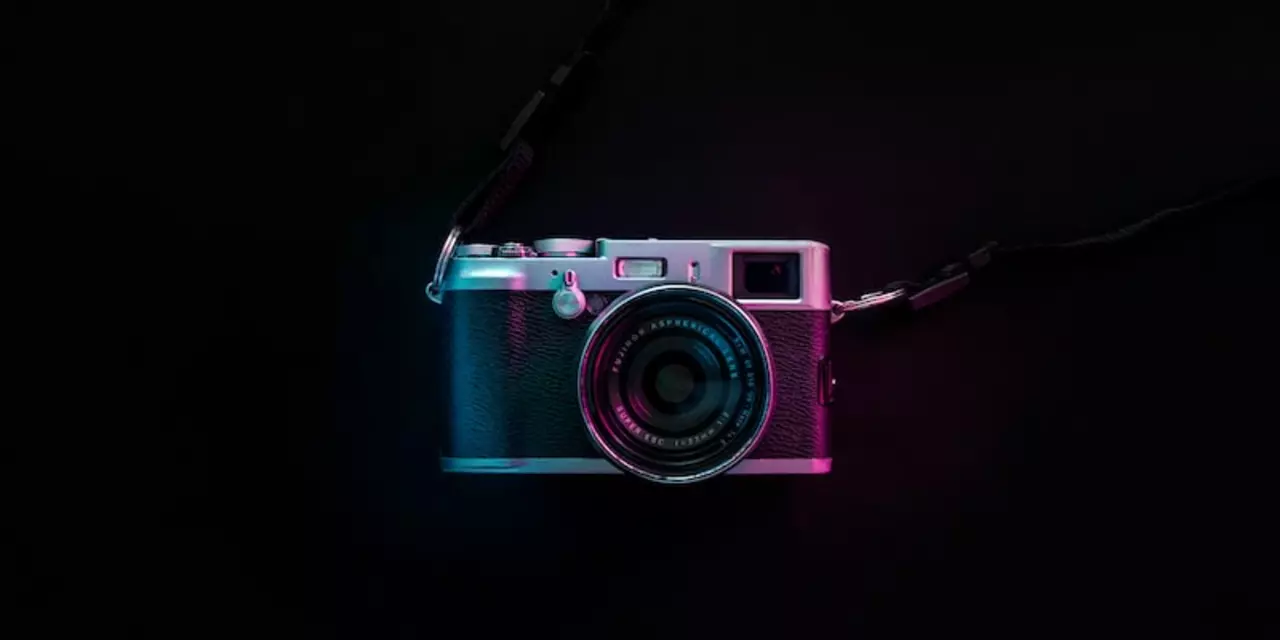AI Shot Optimization – Quick Ways to Make Photos Look Amazing
Ever snapped a picture that looked okay on your phone but fell flat on a larger screen? AI shot optimization is the shortcut that fixes those problems without you spending hours in Photoshop. It uses machine‑learning models to automatically adjust exposure, sharpen details, reduce noise, and even fix color balance. The result is a clean, vibrant image that feels professional, and you don’t need a degree in graphic design to get there.
Why AI Beats Manual Editing for Most Users
Manual editing forces you to guess the right settings for each photo. One too much contrast and the highlights disappear; too little and the image stays dull. AI tools learn from millions of photos, so they know the sweet spot for most scenes. They also work in real time – you upload a picture and the algorithm returns a polished version in seconds. That speed is perfect for social media, e‑commerce listings, or any situation where you need quality fast.
Simple Steps to Optimize Any Shot
1. Select the right tool. Popular options include Adobe Lightroom’s AI Enhance, Skylum Luminar AI, and free online services like Remove.bg for background cleanup. Choose one that fits your budget and workflow.
2. Upload your image. Most platforms accept JPEG or PNG files up to a few megabytes. If you’re working with RAW files, convert them to a high‑quality JPEG first for faster processing.
3. Apply the AI preset. Click the “Enhance” or “Optimize” button. The software will automatically adjust exposure, contrast, saturation, and sharpness. Some tools let you fine‑tune each parameter after the AI pass.
4. Check the details. Zoom in to ensure no new artifacts appeared. If the AI over‑sharpened edges, dial back the sharpening slider a little.
5. Save for your platform. Export a web‑ready version (usually 72 dpi) for Instagram or a high‑resolution version (300 dpi) for print.
Following these steps gets you from a plain snap to a polished image in under a minute. You can repeat the process for a batch of photos – many AI tools support bulk optimization, saving you even more time.
Beyond the basics, advanced users can combine AI optimization with manual tweaks. For example, after AI enhancement, you might want to crop for better composition or add a subtle vignette. The AI does the heavy lifting; you add the final creative touches.
If you’re on a tight budget, start with free AI services that offer a limited number of optimizations per day. They usually provide enough quality for personal blogs or hobby projects. When you need professional results for client work, investing in a paid subscription unlocks higher resolution output and batch processing.
Bottom line: AI shot optimization turns average photos into eye‑catching visuals with almost no effort. Pick a tool, upload, let the algorithm do its thing, and you’ll have crisp, vibrant images ready to share or sell. Give it a try on your next photo set and see the difference instantly.

How good is the camera section of the Infinix Note 12 Pro?
The Infinix Note 12 Pro is a mid-range smartphone with an impressive camera section. It features a 64 MP quad-camera setup with a dedicated night mode and AI shot optimization, allowing users to take amazing shots in any lighting condition. Video recording is also supported, with the device being capable of capturing videos in 4K resolution at 30 fps. Additionally, the Infinix Note 12 Pro has a 16 MP selfie camera, which allows capturing great-looking selfies and video calls. Overall, the camera section of the Infinix Note 12 Pro is quite good for its price range and offers an excellent value for money.
- Sports (7)
- Legal News (2)
- Business (2)
- News and Media (1)
- Food Safety (1)
- Politics and Government (1)
- Travel and Food (1)
- Culture & Lifestyle (1)
- Politics & Government (1)
- Marketing (1)
-
Asia Cup 2022: Full guide to teams, schedule, big moments, and how to watch
10 Sep 2025 -
Virat Kohli, Anushka Sharma Asked to Leave NZ Café – Jemimah Rodrigues Reveals
1 Oct 2025 -
How was your experience with Air India?
8 Feb 2023 -
How good is the camera section of the Infinix Note 12 Pro?
23 Jan 2023 -
Pro Kabaddi League 2025 Kicks Off: Telugu Titans vs Tamil Thalaivas Open Season
24 Sep 2025
23.01.23
Aarav Chatterjee
0